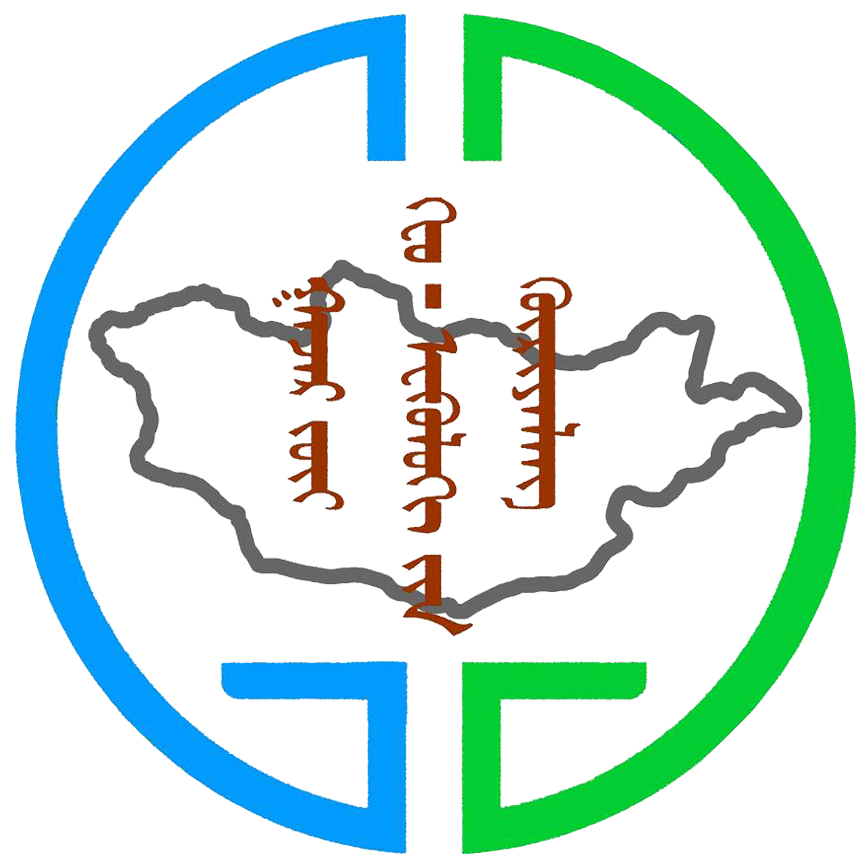Selenge_Aimag_Landcover_Change.pdf
ABSTRACT Land use and land cover change are important drivers of climate change. Land use/land cover change has important consequences for global and regional climates and global biogeochemical cycles such as carbon, nitrogen and water, and biodiversity (Kees et al, 2004). Driven by anthropogenic and climatic factors, land use/land cover has been changing. In Mongolia, for instance, due to mining activities, approximately 400 hectares of land was damaged and left without proper rehabilitation in 2016. Consequently, the monitoring of land use/land cover change has gained importance. The application of satellite imagery and remote sensing technology in the land use and land cover change analysis was revolutionary in conducting a monitoring of changes in the earth surface. In the land surface monitoring through remote sensing, both the spatial and temporal variables are equally important indicators. Landsat satellite image can qualify this requirement. Hence, in this research, Landsat-8 OLI satellite images of the period between 2010 and 2019 were used to analyse the land use and land cover changes in Selenge province, which is the primary agricultural region of Mongolia. The maximum likelihood classification technique, which is one of the most popular classification techniques, is applied to the research. Under this, classes are identified based on the pixel, belonging to a particular class (Xiong, J et al, 2017). The research results show that in accordance with the land use and land cover classification, between 2010 and 2019, the urban land was expanded by 0.11% (4649.9 ha), arable land by 0.13% (5236.6 ha), sparse vegetation and barren land by 0.01% (9377.50 hа), and mining area by 0.03% (1272.7 hа) respectively in Selenge province. On the other hand, during the period, lake areas are reduced by 0.01% (425.1 ha), evergreen forest by 0.02% (938.8 ha), mountain steppe by 0.1% (4181.5 ha), and meadow and river valleys by 0.15% (6309.9 hа). The most significant reduction of 0.9% (37584.2 ha) is recorded in the coniferous and deciduous forests. Moreover, the results show that 36406.5 ha land was affected by the forest and steppe fire. This is because of increased dryness due to climate change and other negative human activities. To conclude, the dramatic land cover changes in Mongolia’s main agricultural region have adverse impacts on Mongolia, which has dry, continental climate; hence, it’s important to implement appropriate land use policy in the country.
Нэмэлт мэдээлэл
| Талбар | Утга |
|---|---|
| Өгөгдлийн сүүлийн шинэчлэл | 2021 11-р сар 25 |
| Мета өгөгдөлийн сүүлийн шинэчлэл | 2021 11-р сар 25 |
| Үүссэн | 2021 11-р сар 25 |
| Хэлбэр | application/pdf |
| Ашиглах зөвшөөрөл | Creative Commons Attribution |
| created | 4 жилээс өмнө |
| format | |
| has views | True |
| id | 547691e8-c53e-414f-bed8-a9fde0a26306 |
| last modified | 4 жилээс өмнө |
| mimetype | application/pdf |
| on same domain | True |
| package id | 67f3e420-3416-4d7f-8dd9-027915bbf228 |
| revision id | cf599390-e0a3-4960-b67a-a0edaa0a638e |
| size | 441 килобайт |
| state | active |
| url type | upload |
